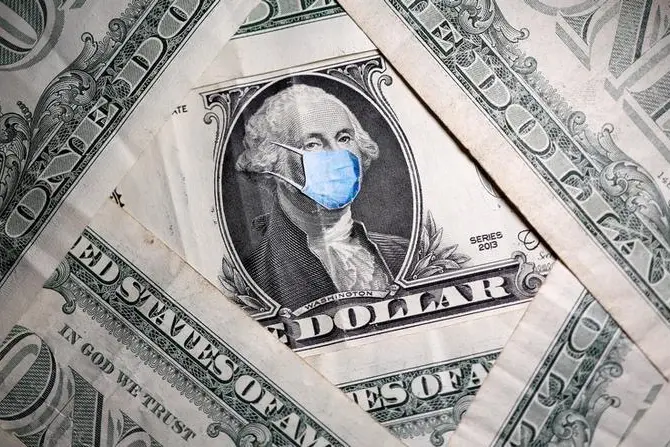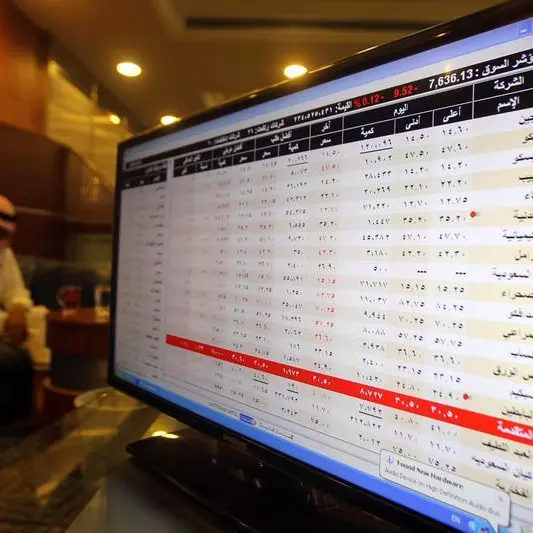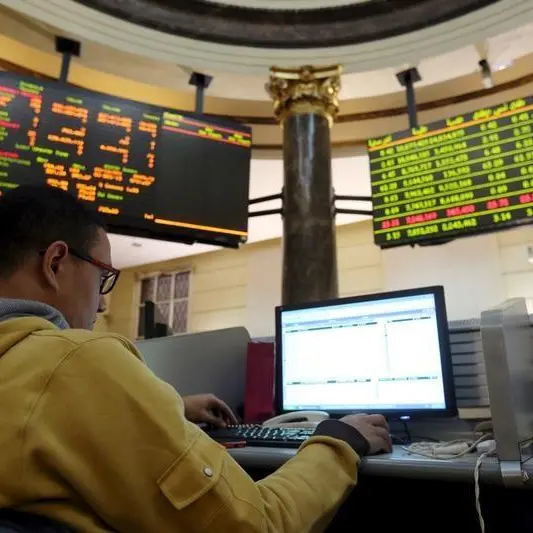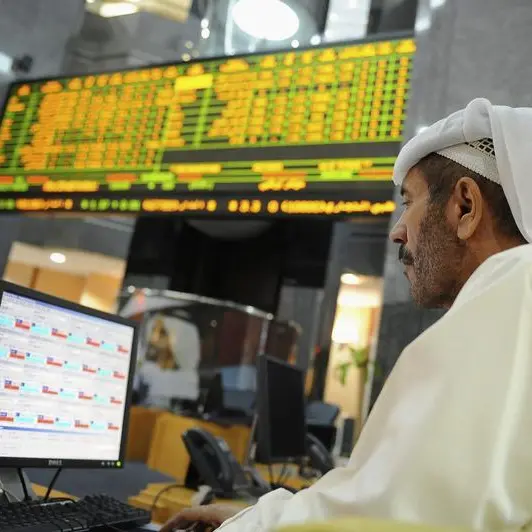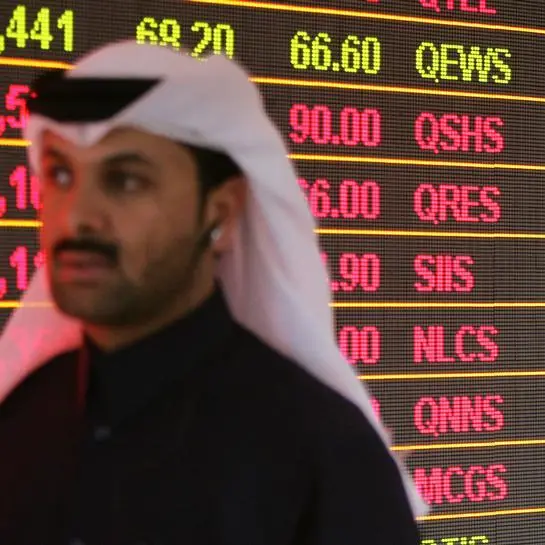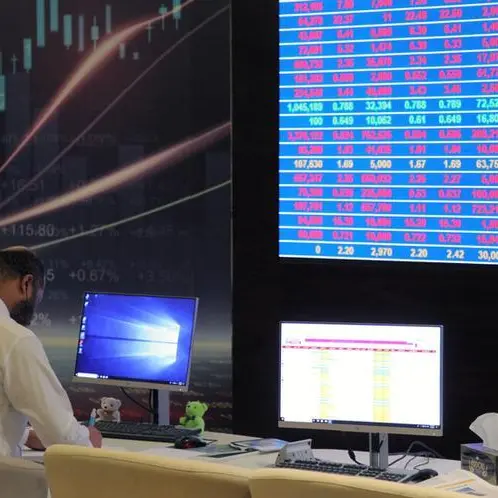PHOTO
LONDON - The dollar languished near a one-month low on Friday and was set for its worst weekly performance since May as dovish remarks by the U.S. Federal Reserve together with underwhelming economic data took the steam out of a month-long rally.
The dollar index, which measures the greenback against a basket of six other currencies, was last at 91.853, a level not seen since June 29.
For the week, the index is off 1.1%, its worst weekly showing since early May. For the month, the index is down 0.5% so far, following a 2.8% rally in June.
The dollar's downtrend began after Fed Chairman Jerome Powell wrong-footed bulls following a policy meeting this week by saying that rate increases were "a ways away" and the job market still had "some ground to cover".
"While the Fed continued to say it was moving towards winding back its money printing program, the Fed’s move towards this shift looks likely to be slower than previously anticipated," said Steven Dooley, currency strategist at Western Union Business Solutions.
"The Fed’s caution is seen due to a slowdown in U.S. growth, easing in inflation and worries about the Delta variant," Dooley added.
The dollar found little support overnight from U.S. gross domestic product numbers.
While the U.S. economy expanded at a 6.5% annualised rate in the second quarter, boosted by massive government aid, growth fell short of economists' expectations for an 8.5% acceleration.
The dollar held near a two-week low against the safe haven Japanese yen at 109.52.
The euro climbed to a one-month high against the dollar to be last at $1.18955 ahead of preliminary second quarter gross domestic product data for the euro area as well as preliminary July inflation prints for France, Italy and the euro area. The euro area also gets June unemployment data.
The German economy returned to growth in the second quarter but bounced back less strongly than expected, as coronavirus-related restrictions were eased and households started spending again, data showed on Friday.
"In general, the eurozone’s rebound from its technical recession should not be a game changer for the ECB (European Central Bank) expectations or for the euro, and the short-term fate of euro/dollar still looks mostly tied to the U.S. dollar and global dynamics," ING strategists said in a note. "Fresh signs of turbulence from Asia suggest that it may be too early to see euro/dollar break back above $1.19."
Elsewhere, the Chinese yuan has recovered most of its Tuesday plunge at 6.4645 per dollar.
Sentiment was helped by China's attempt to calm frayed investor nerves by telling foreign brokerages not to "overinterpret" its latest regulatory actions.
Both the Australian and New Zealand dollars, reliant on world and Chinese economic growth, hovered near two-week highs.
The British pound hovered near its highest in over a month helped by the U.S. dollar's weaker tone and a fall in coronavirus cases in Britain.
Investors will keep a close eye on a bunch of U.S. macro indicators due later in the day including second-quarter employment cost index, personal income and spending for June and the University of Michigan consumer sentiment index for July.
(Reporting by Ritvik Carvalho; additional reporting by Swati Pandey in Sydney, William Maclean) ((Ritvik.Carvalho@thomsonreuters.com; +44 2075429406; Reuters Messaging: ritvik.carvalho.thomsonreuters@reuters.net; Twitter @ritvikcarvalho))
